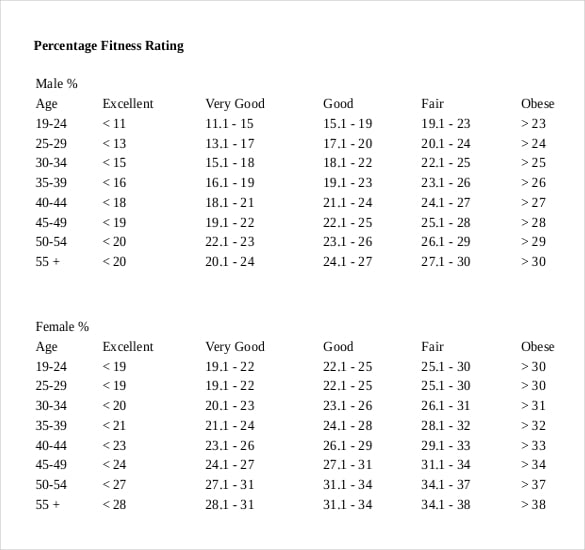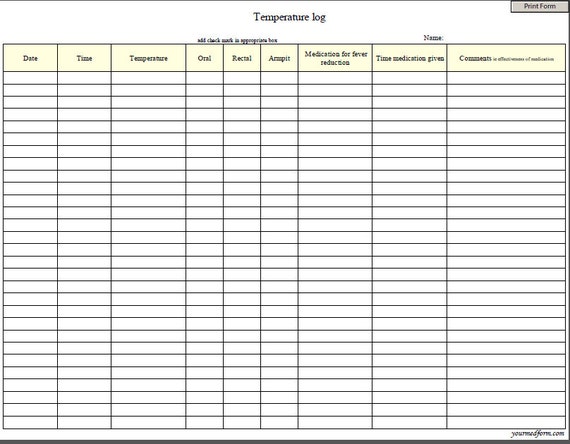Bbt Chart Celsius Excel Download
For Ovulation & Pregnancy Prediction Charting basal body temperature (BBT) is done by measuring your BBT every day at the same time of the day before getting out of bed and documenting your findings. You create a chart that shows your temperature over the entire cycle. Cisco 3750 Switch Ios Download For Gns3 Download more. Why would anyone do that?

Download this fertility chart to track ovulation, basal body temperature, fertility cycles, cervical mucus and more. Visit TheBump.com's tools section for more information. If you want to track your basal body temperature to predict ovulation, use this blank BBT and cervical mucus chart. It's printable and completely free. Download our blank BBT chart and follow the. Blank BBT Chart & Instructions to Detect Ovulation. Or use one of our blank BBT charts below, click Celsius. You can use these free BBT fertility charts to keep track of your daily fertility signs - Basal body temperature, cervical fluid, and other fertility indicators.
Well, many women do this to predict their ovulation in order to get pregnant faster. This can certainly by done, to be used effectively for ovulation prediction, it needs to be combined with looking for other symptoms of ovulation! (.) In addition to predicting ovulation, BBT charting can actually also be used for predicting pregnancy very early! Very exciting and very addictive. I used BBT charting for some 18 months when trying to conceive, and predicted both of my successful pregnancies and one miscarriage with this method before any pregnancy test would detect the conception. But why not use it as only method for ovulation prediction?

Hang on, I’ll explain it all below AND you can download your very own printably BBT chart at the bottom of this article too. П™‚ All About Charting Basal Body Temperature. BBT Charting For Ovulation Prediction When you ovulate, your body temperature rises. This is why you can use BBT charting to detect your ovulation. However, your temperature rises at ovulation or just after afterwards. If you want to maximize your chances of getting pregnant, you should, however, have intercourse just before ovulation.
So when the BBT chart is showing a temperature rise, your best chances to conceive have already passed. This means that if you want to use BBT for tracking your ovulation, then at least combine it with BBT Charting For Conception Prediction At or just after ovulation, your body temperature rises, due to an increase of the hormone progesterone in your body. At menstruation, your body temperature falls down to normal levels. So, if you continue to measure your temperature every day (after ovulation as well), you will find clues as to whether you have conceived or not. If you usually have 14 days between ovulation and menstruation, and your BBT starts to fall at around day 11, you are not likely to be pregnant.
But here is the exciting part: If your body temperature remains high despite approaching the first day of menstruation, you might be pregnant. And what is even more exciting, if your temperature starts to rise some more at around day 10 after ovulation, a so called triphasic temperature pattern, you are highly likely to be pregnant!
At around 10 days after ovulation, implantation of the fertilized egg into the uterus lining occurs. At this time, some women, but not all, will experience a slight pain and/or bleeding called implantation bleeding. But even if you don’t, you may still be able to notice a temperature increase at the time of implantation. If the temperature increase continues or at least remains high, the BBT charting will predict your pregnancy several days before the pregnancy test. In the video below, you can see an example of a successful pregnancy, which could be detected before due date, due to a second temperature increase at implantation. Also, take a look at the image below.
You’ll see the normal BBT rise in connection with ovulation. However, there is no additional temperature increase around 10 days after ovulation, but rather a slow decrease towards normal non-pregnant temperatures. (There is a small increase, but not above ovulation BBT).